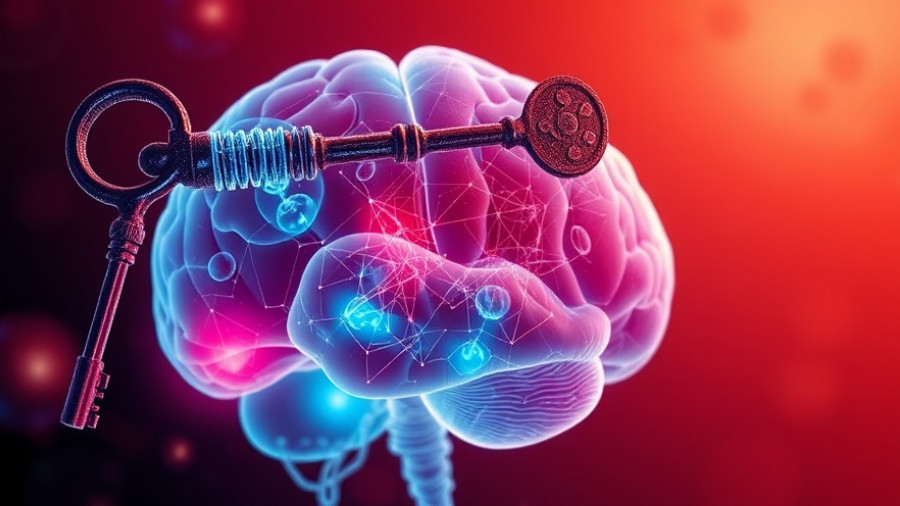
Revolutionizing Brain Therapies: The Application of New Gene Delivery Methods
Recent advancements in gene delivery methods herald a promising future for the treatment of neurodegenerative diseases. A groundbreaking study from the National Institute of Mental Health highlights an innovative approach to transporting genetic material into the brain, offering the potential to overcome the formidable blood-brain barrier (BBB). The researchers have engineered an adeno-associated virus (AAV) that effectively latches onto the human transferrin receptor (TfR1), a key component in facilitating the transport of vital nutrients across this selective barrier. This new method significantly elevates the AAV's ability to deliver therapeutic genes directly into brain cells, paving the way for more targeted and efficacious treatments.
Understanding the Blood-Brain Barrier: A Biological Gatekeeper
The blood-brain barrier serves as a crucial protective layer for the brain, preventing harmful substances while allowing essential nutrients to pass through. However, this selective permeability complicates drug delivery, particularly for large molecules. Current therapies often fail to reach adequate concentrations within the central nervous system (CNS), which hampers the effectiveness of treatments for disorders like Alzheimer's and Parkinson's disease. Innovative strategies, including the newly reported gene delivery method, aim to bypass these challenges by utilizing receptor-mediated transcytosis, thereby ensuring therapeutic agents can efficiently access critical brain regions.
The Promise of Gene Therapies: A Leap Towards Effectiveness
The newly developed AAV, named BI-hTFR1, demonstrated remarkable efficiency in crossing the BBB—the study revealed that this AAV could achieve up to 30 times the gene delivery efficacy compared to existing methods. The implications of this advancement are monumental, as it suggests not only enhanced drug targeting but also a reduction in the side effects linked to non-specific delivery methods. The possibility of treating neurological conditions at their genetic roots could revolutionize patient outcomes.
Broader Implications for Cellular Rejuvenation
The intersection of innovative gene therapy techniques and cellular rejuvenation strategies is an intriguing area ripe for exploration. As research continues to unravel the intricate mechanisms of cellular health and aging, the benefits of understanding gene therapies in conjunction with cellular rejuvenation could provide powerful insights into anti-aging strategies. Therapeutic approaches that leverage stem cell therapies and NAD+ boosters may work synergistically with advanced gene delivery methods to facilitate cellular repair, enhance mitochondrial function, and potentially reverse cellular senescence.
Future Predictions: The Evolving Landscape of Neurotherapeutics
The future of treatment for neurodegenerative diseases appears bright. New methodologies for harnessing the power of gene therapy and cellular rejuvenation are on the horizon, leading to hypotheses of a new standard in regenerative medicine. As researchers delve deeper into the complexities of gene repair and renewal, the unfolding narrative is not just about extending lifespan but enhancing the quality of life by mitigating age-associated cognitive decline.
Conclusions: Navigating Towards a Brighter Tomorrow
In conclusion, the innovative gene delivery methods advancing into clinical potential mark a significant milestone in neuroscience and regenerative medicine. The integration of gene therapy with cellular rejuvenation techniques offers a multi-faceted approach to combating neurodegeneration and enhancing vitality. For individuals aged 30–55 who are keen on maintaining health and longevity, staying informed about these developments could yield valuable insights into future personal health strategies. As we embrace these scientific breakthroughs, the hope is not merely for prolonged life but for a healthier, more vibrant existence.
 Add Row
Add Row  Add
Add 




Write A Comment